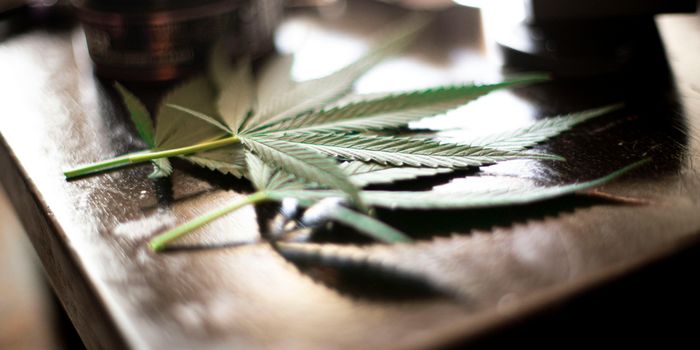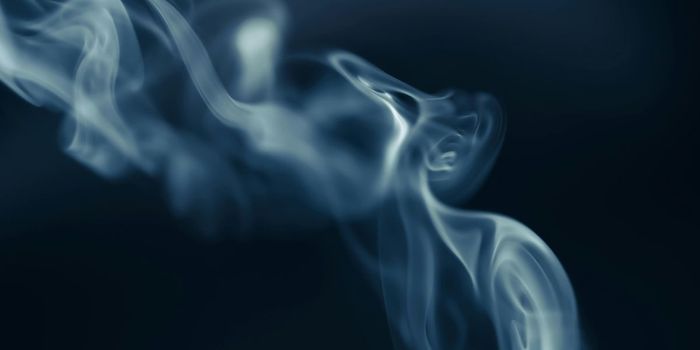Is Five Afraid of Six? Novel Hexyl Homolog of CBD Exhibits Analgesic Activity in vivo
According to a recent study published in Nature’s Scientific Reports, a novel hexyl homolog of cannabidiol (CBD) – named ‘cannabidihexol (CBDH)’ – isolated from a medical cannabis variety may harbor promising therapeutic potential as an antinociceptive.
A research team from Italy that just unveiled the existence of two novel heptyl homologs of CBD and Δ9-tetrahydrocannabinol (Δ9-THC) not long ago (i.e., Δ9-tetrahydrocannabiphorol, ‘Δ9-THCP’; and cannabidiphorol, ‘CDBP’) is back at it again with their recent identification of two more novel CBD and Δ9-THC homologs: cannabidihexol (CBDH) and Δ9-tetrahydrocannabihexol (Δ9-THCH). Only this time, their newest discovery of CBDH and Δ9-THCH completes the series – in a numeric sense – with respect to identifying classes of CBD- and Δ9-THC-type homologs characterized by up to seven carbon atoms in their alkyl side chains.
To date (excluding the aforementioned novel hexyl homologs), classes of CBD-type and Δ9-THC-type homologs characterized by varying alkyl side chain lengths (i.e., number of carbon atoms) that have been identified include:
- Orcinoids (one carbon).
- i.e., cannabidiorcol (CBD-C1) & Δ9-tetrahydrocannabiorcol (Δ9-THC-C1)
- Varinoids (three carbons).
- i.e., cannabidivarin (CBDV) & Δ9-tetrahydrocannabivarin (Δ9-THCV)
- N-Butyl Homologs (four carbons).
- Olivetoids (five carbons).
- i.e., CBD & Δ9-THC
- N-Heptyl Homologs (seven carbons).
- i.e., CDBP & Δ9-THCP
The research team stumbled across the two novel n-hexyl homologs while attempting to extensively characterize the phytocannabinoid profile of the Italian medical cannabis variety referred to as the ‘FM2’ cultivar. Metabolomic profiling using ultrahigh-resolution liquid chromatography-heated electrospray ionization-Orbitrap (UHPLC-HESI-Orbitrap) revealed the presence of the two compounds. Stereoselective synthesis was used to confirm the absolute configurations of both compounds.
Mice treated with extremely low doses of CBDH appeared to exhibit increased analgesia (i.e., experience less pain) relative to the untreated controls during the formalin test – a subcutaneous formalin injection into the paw widely employed as a model of nociception (i.e., neural detection of painful stimuli).
While much more extensive pharmacological research must be conducted to elucidate CBDH’s mechanism of action and to further interrogate its biological activity in vivo, the results of this study are encouraging: they portray a potential role for CBDH in the clinical realm as an anti-nociceptive treatment.
Furthermore, this discovery provides the missing link – n-hexyl homologs (six carbon atoms) – between olivetoids & n-heptyl homologs in the CBD- and THC-type homolog series, thereby completing the succession from orcinoids (one carbon atom) up to n-heptyl homologs (seven carbon atoms).
Sources: Nature’s Scientific Reports (1); Nature’s Scientific Reports (2); Labroots; Trends in Plant Science; Journal of Natural Products; Antioxidants (Basel, Switzerland); Merriam-Webster Dictionary
-
MAY 07, 2024Is It Anti-RNP or Anti-Sm/RNP?
- See More
-
APR 30, 2024Immuno-Oncology Virtual Event Series 2024
-
MAY 07, 20243rd International Biosecurity Virtual Symposium
-
JUN 06, 2024The Future of Scientific Conferencing
- See More


















































